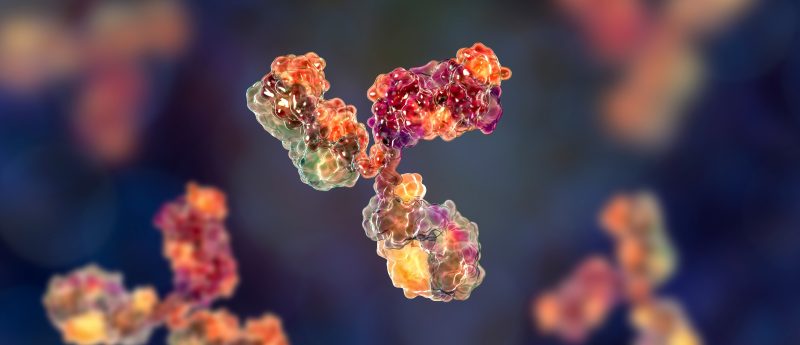Fluorescence-based technique developed for protein analysis in tissues

Researchers from Uppsala University (Sweden) and SciLifeLab (Sweden) have presented a new method of detection proteins, based on the binding of antibodies to proteins. The technique does not require advanced equipment, specialized labs or expensive reagents, and could therefore be used in point of care devices for the diagnosis of disease. The researchers’ findings were recently published in Nature Communications.
To understand disease mechanisms and diagnose disease, one must be able to identify and isolate proteins in tissues. Many techniques currently used for such tasks are advanced and therefore expensive. Advanced techniques also require specialist training.
The use of protein detection for diagnostic purposes in the clinic, for example, requires less complicated methods. Such methods should be temperature insensitive and absent of expensive instruments, costly reagents or specially trained staff.
In the technique developed by the researchers, antibodies bind to two sites on the same protein or two proteins that are very close to each other. The antibodies are linked to DNA strands and when the antibodies bind in close proximity, the DNA stands can be activated to reveal an initiator sequence. This binding leads to a chain reaction; as the DNA strands are labeled with fluorophores they emit light when a protein is bound.
“When the chain reaction has run for a while, enough fluorescent molecules have been incorporated to allow us to observe them as very bright dots in a microscope, reflecting the presence of a protein of interest. The more dots there are, the more protein there is,” commented Ola Söderberg, senior lecturer at Uppsala University, and corresponding author for the research.
As the chain reaction does not include any enzymes it can take place at room temperature. The microscopes required to detect the fluorescence are relatively simple and commonly available in hospital and research laboratories. The system is also very specific as two antibodies must be bound to initiate the signal, thus avoiding false responses.
The team hope that the technique will soon be used for both clinical applications and research purposes.
Sources: Koos B, Cane G, Grannas K et al. Proximity-dependent initiation of hybridization chain reaction. Nature Communications. DOI:10.1038/ncomms8294 (2015); New technique for protein analysis in tissues.





